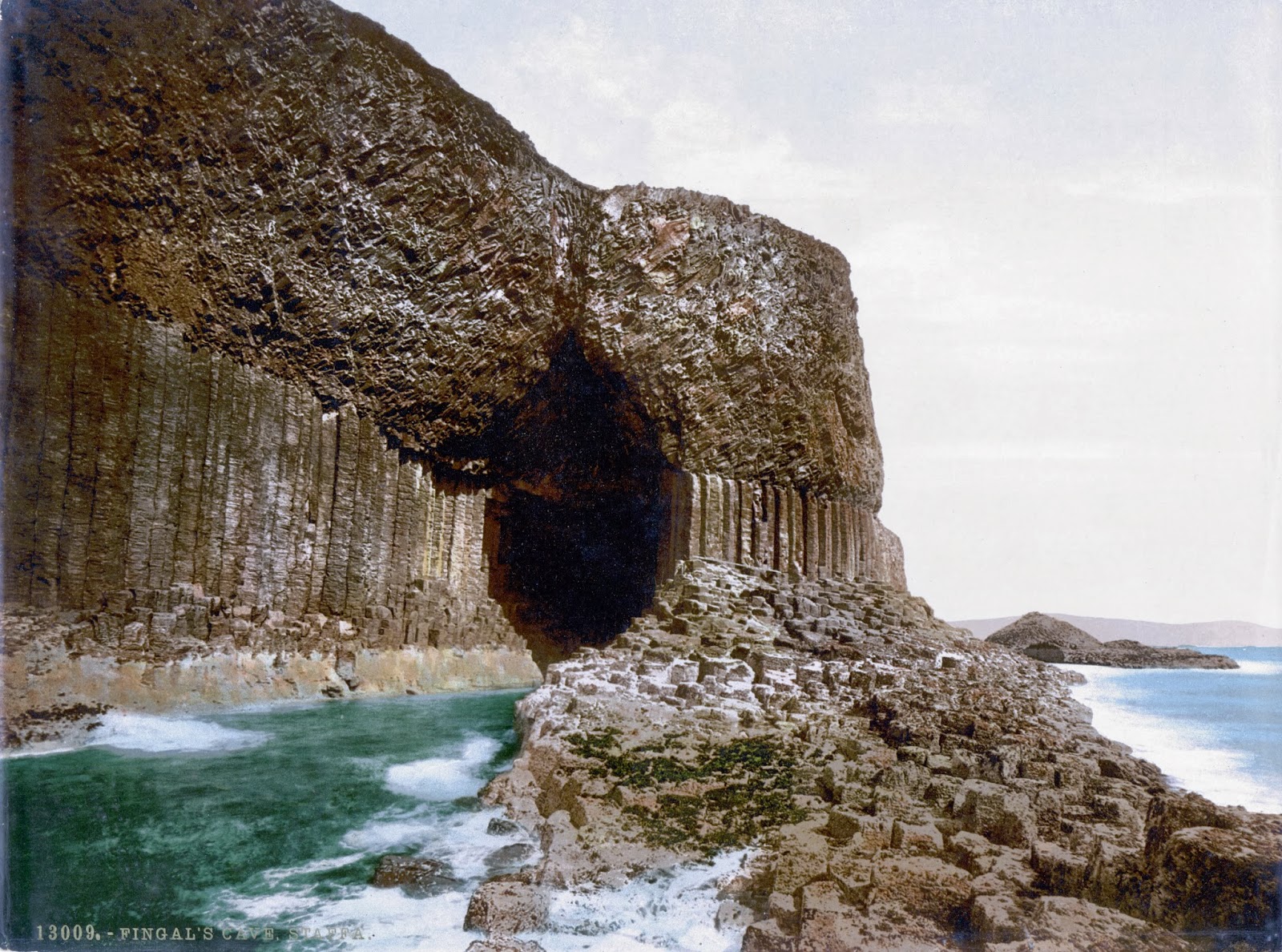TURKEY
CAPPADOCIA
CENTRAL ANATOLIA, TURKEY, EUROPE

Cappadocia is an area in Central Anatolia in turkey best known for its unique moon-like landscape, underground cities, cave churches and houses carved in the rocks.
The Cappadocian Region located in the center of the Anatolian Region of Turkey, with its valley, canyon, hills and unusual rock formation created as a result of the eroding rains and winds of thousands of years of the level, lava- covered plain located between the volcanic mountains Ercives, Melendiz, and Hasan as well as its troglodyte dwellings carved out of the rock and cities dug out into underground, presents an otherworldly appearance. The eruptions of these mountains which were active volcanoes in geological times lasted in 2 million years ago. A soft tufflayer was formed, 150 m in thickness, by the issuing lavas in the valley surrounded by mountains. The rivers, flood water running down the hillsides of valley and strong winds eroded the geological formations consisting of tuff on the plateau formed with tufflayer, thus creating bizarre shapes called fairy Chimneys. These take on the names of mushroom shaped, punnacled, capped and conic shaped formations. The prehistoric settlements of the area ore Koskhoyuk (Kosk Moound) in Nigde, Aksaray Asikli Mound, Nevsehir Civelek cave and, in the southest, Kultepe, Kanis and Alisar in the environs of Kayseri. This area with unusual topographic characteristics was regarded as sacred and called, in the Scythian/ Khatti language, as Khepatukha, meaning "the country of the people of the chief god Hepat", although there are more poetic claims on the origin of the region's name, such as the Old Persian Katpatuka, which allegedly means "the land of beautiful horses".

CITIES IN CAPPADOCIA
1. Nevsehir - The main province of Cappadocia
2. Urgup - The biggest town and heart of Cappadocia
3. Goreme - Cave Houses built into the Fairy Chimneys
4. Uchisar - The highest point of the region with it's natural rock castle
5. Avanos - Pottery town which is divided into two by the longest river of Turkey (Kizilirmak)
6. Ortahisar - A small village famous with it's rock castle
7. Mustafapasa - Old Greek village
ACTIVITIES AT CAPPADOCIA
HIKING
Following the paths along the valleys is an amazing (and free) option. Check with your hotel owner or the tourist office for a map of the area with suggested walks and trails. There are several nice loops on packed dirt, sand and rock, that maintain a constant elevation and pass through the scenic valleys.
GUVERCINLIK (PIGEON) VALLEY
You can hike the Pigeon Valley between Goreme and Uchisar. The 4 km trails starts from the road near the Ataman Hotel on the south side of Goreme or on the paved road on the north side of the hill where Uchisar Castle sits in Uchisar. Both trailheads are signed. Stick to the more traveled trails and you will have no trouble finding your way on this moderately hilly hike. The path through the valley offers spectacular views of the natural cliffs and the man- made caves and passes through a few tunnels carved into the rock.
HOT AIR BALLOON TOURS
Are one of the most popular activities in Goreme and The oldest company Goreme Balloons Typically lifting off at sunrise, these rides last about an hour in the air and literally o wherever the wind may blow in the Cappadocia Valley. The balloon baskets holds around 20 people with the pilot riding air currents much like a boat, floating down the valleys, often below the ridge line and quite close to the chimney rocks. It's fantastic ride and if you've ever has the urge to splurge on a balloon ride, this would be the place to do it. There are 15 balloon companies in the region.
CROSS GOLF
Cappadocia is a national park and its natural environment must be protected for everyone to enjoy today and in the future. Cross Golf uses the natural features of the landscape to challenge even the most experiences golfer. The fairy chimneys, fascinating rock formations and flora and fauna in the unique environment of Cappadocia remain unaffected by Cross Golf.

.jpg)
.jpg)
.jpg)
.jpg)
.jpg)
.jpg)
.jpg)
.jpg)
.jpg)
.jpg)
.jpg)







.jpg)
.jpg)



.jpg)
.jpg)
.jpg)


























